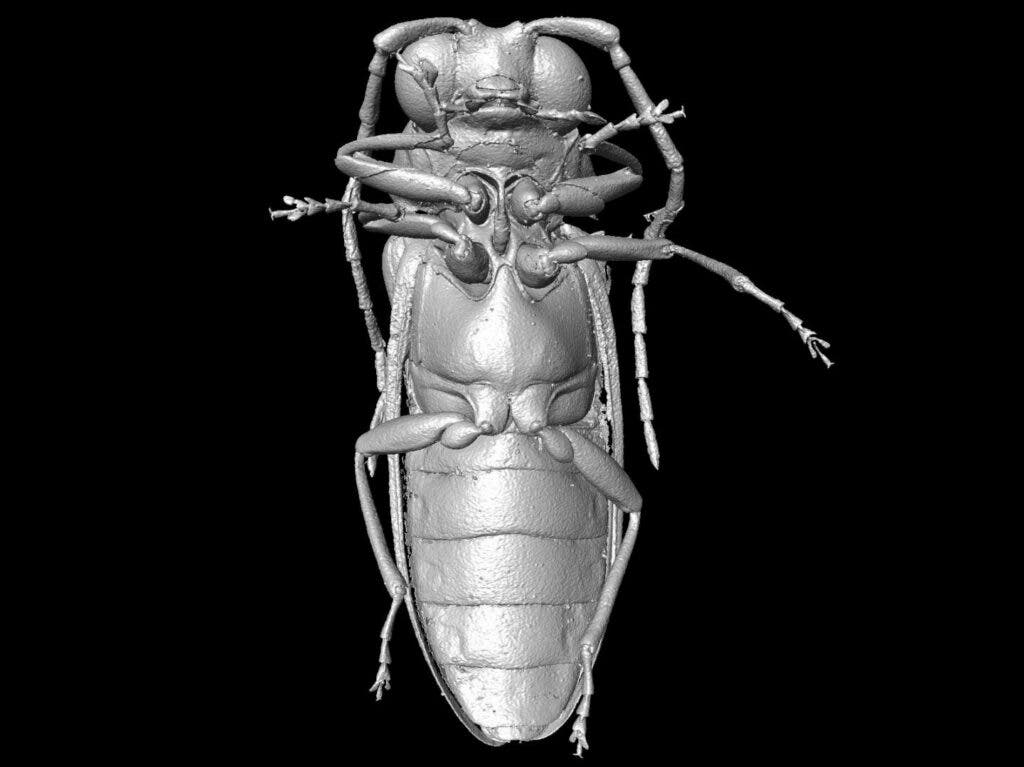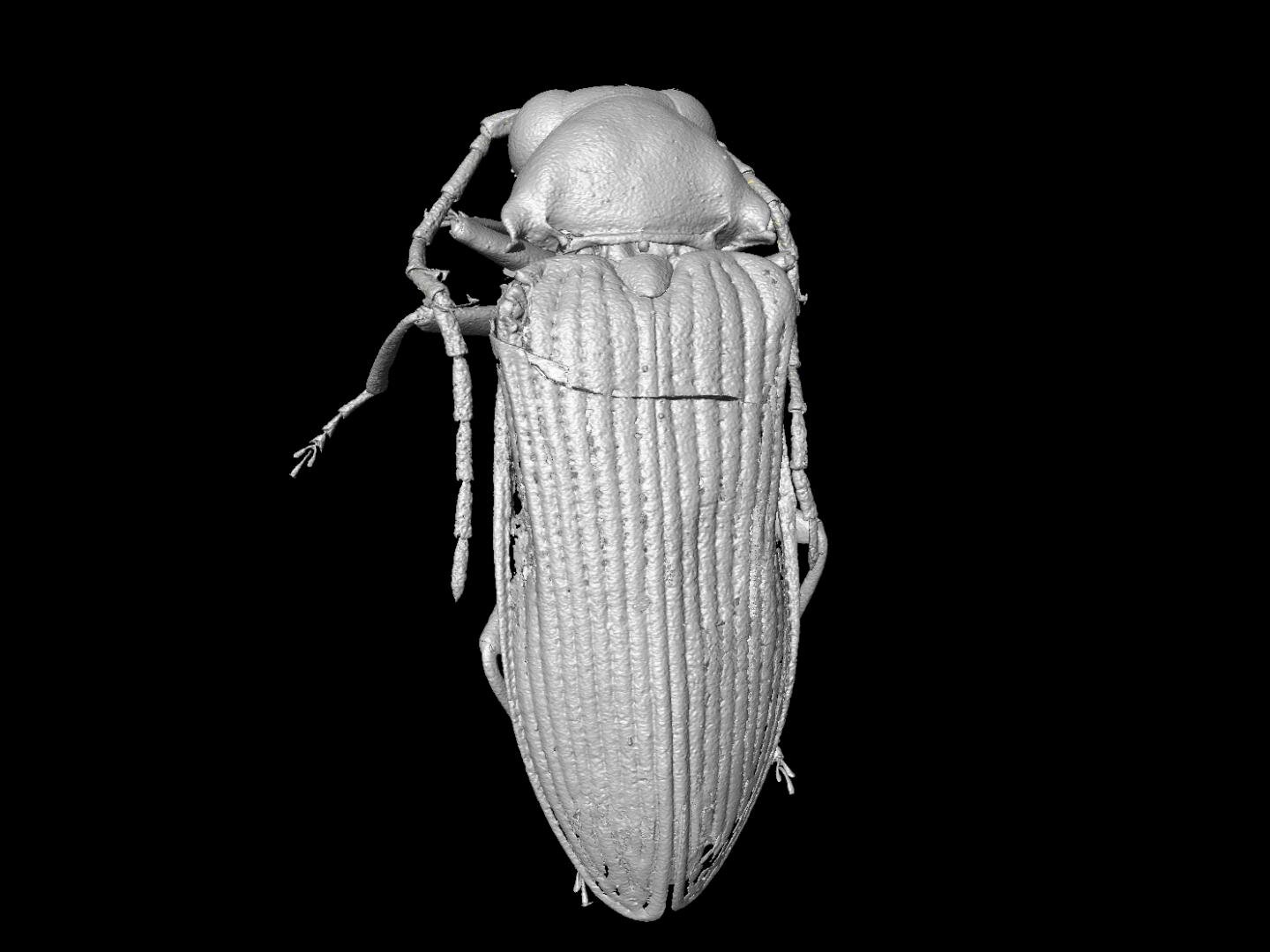Roughly one year ago, researchers in Myanmar found a new species of beetle encased in amber. At the time, they were unable to describe the insect’s full morphology, so they christened it Mysteriomorphidae (‘mysteriously shaped’). Now, researchers in Europe have reconstructed the insects from four new samples.

These findings allowed the team to better place the species in the tree of life, finding it is closely related to a living family of beetles.
The beetles
The current findings were made possible by a collaboration between members from the University of Bonn, Germany, and Palacky University, in the Czech Republic. They used computer tomography (CT) to study the body structure (morphology) of the beetles from four specimens found encased in amber since the species was first described.
Some of these specimens were very well preserved, allowing the team to carry out a digital reconstruction of their bodies from CT scans. This technique has seen ample use in paleontology as it allows researchers to study tiny features of fossils, even internal ones, without damaging the specimen.
This isn’t the first attempt to describe the outer morphology of Mysteriomorphidae. However, previous research still left some open questions, which the current results answer. In particular, they were able to take a better look at the insect’s thorax, abdomen, and mouthparts, which are tell-tale elements of individual beetle families.
“We used the morphology to better define the placement of the beetles and discovered that they were very closely related to Elateridae, a current family,” explains Dr. Robin Kundrata from Palacky University, co-lead of the study and an expert on this family of beetles.

Earlier models had pointed to beetles enjoying a low extinction rate throughout their evolutionary history, even through periods such as the Cretaceous period when extinctions were the name of the game (this time saw the dinosaurs wiped out). But species such as Mysteriomorphidae and similar groups of beetles are known only from Cretaceous ambers, suggesting that they didn’t survive past this period of time.
The team believes this comes down to the rapid development and expansion of flowering plants during the Cretaceous period. These essentially reshaped most ecosystems of the time, placing extra pressure on the species adapted to the previous status quo. This expansion made it possible for pollinators to evolve, which outcompeted many of the previous species of insects.
“Our results support the hypothesis that beetles, but perhaps some other groups of insects, suffered a decrease in their diversity during the time of plant revolution,” says Dr. David Peris, one of the two main authors of the study.
The paper “Unlocking the mystery of the mid-Cretaceous Mysteriomorphidae (Coleoptera: Elateroidea) and modalities in transiting from gymnosperms to angiosperms” has been published in the journal Scientific Reports.









